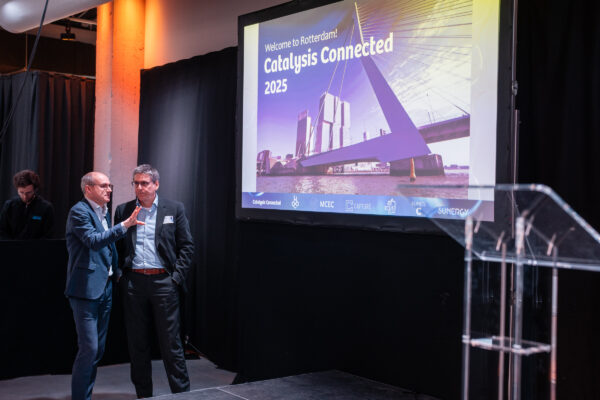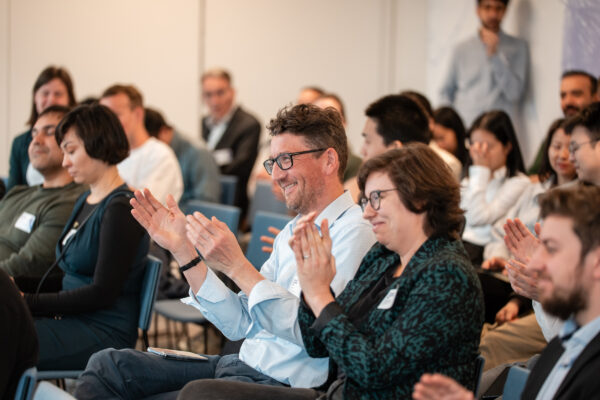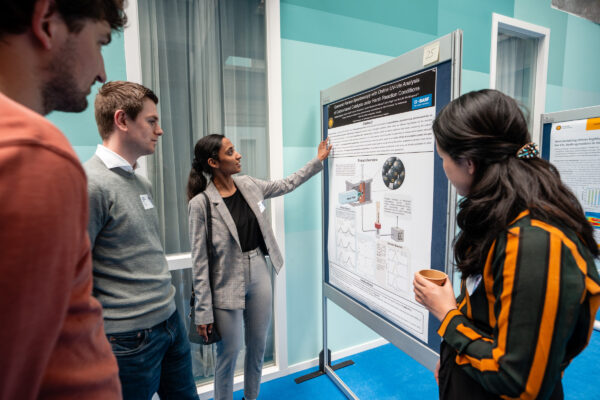The third ‘Catalysis Connected’ conference was held in Rotterdam in 2025.
On April 16th and 17th, the third edition of Catalysis Connected took place. In the Kop van Zuid in Rotterdam, participants from academia and industry alike joined for fruitful discussions.
Partners
Scope and structure
This year’s edition was themed: Shaping the Refinery of the Future. Topics that were discussed included:
- CO2 Capture and Conversion
- Renewable Energy
- Plastic Waste Conversion
- Biomass to Chemicals
- AI-Powered Innovations in Catalysis
With plenary talks from esteemed guests from all over Europe, keynote talks from industry, a bountiful session by a delegation from East China University of Science and Technology and creative input from researchers in talks and the poster session, all corners of the landscape of science and innovation were represented.
Photos of Catalysis Connected 2025
Speakers of Catalysis Connected 2025



